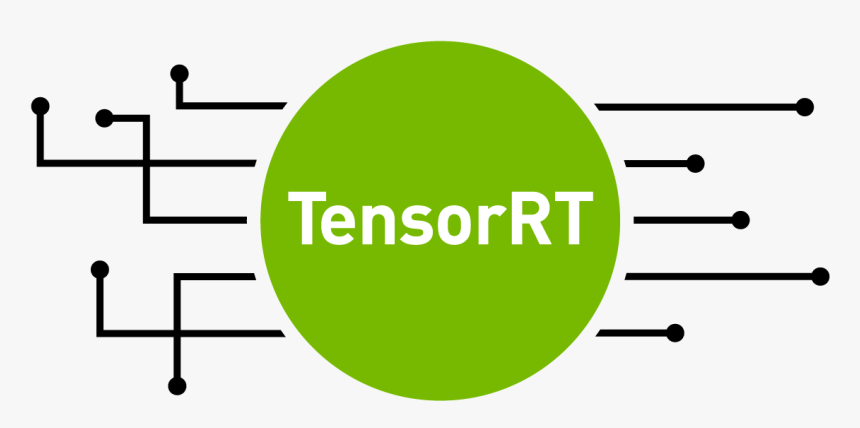GStreamer C++
Useful GStreamer samples in C++ • GStreamer, OpenCV-C++, C++ • private, available upon request
These samples are intended for GStreamer C++ learners and bootstrapping C++ GStreamer-based products.
DeepStream C++
Useful DeepStream samples in C++ • DeepStream, GStreamer, OpenCV-C++, OpenCV-CUDA, C++ • private, available upon request
These samples are intended for Nvidia DeepStream learners and GStreamer C++ and bootstrapping C++ DeepStream-based products.
C++/Python interface
Various Pybind11 examples • Pybind11, C++, Python •
A collection of Pybind11 library samples. Pybind11 is a library aimed at implementing Python modules in C++ language. These examples are useful for learning and bootstrapping projects.
SharkTop
Curses-based user interface for GstShark • Python, Curses •
GstShark is a comprehensive debug tool for GStreamer. Sharktop displays debug information by launching a pipeline using GstShark or attaching to a currently running GStreamer + GstShark pipeline.
Tile Player
GStreamer-based multi-stream tiled player • GStreamer, Python, Bash •
Simply display multiple video files or streams using a configurable and easy to use linux command tool.
Simple Centroid Tracker
A light-weight centroid tracker • OpenCV, Python, NumPy •
High-performance low-accuracy tracking for use cases with limited processing power and tolerance for tracking errors.
GStreamer python samples
Useful GStreamer samples in Python • GStreamer, Python • private, under development
These samples are intended for GStreamer Python learners and bootstrapping GStreamer Python based projects.
Sci-kit learn samples
Useful Sci-kit learn samples in Python • Sci-kit learn, Python • private, under development
These samples are intended for Sci-kit learners and bootstrapping Sci-kit learn based projects.
Keras samples
Useful Keras (Tensorflow 2.x) samples in Python • Keras, Tensorflow 2.x, Python • private, under development
These samples are intended for Keras and tensorflow learners and bootstrapping Keras (Tensorflow 2.x) projects.




